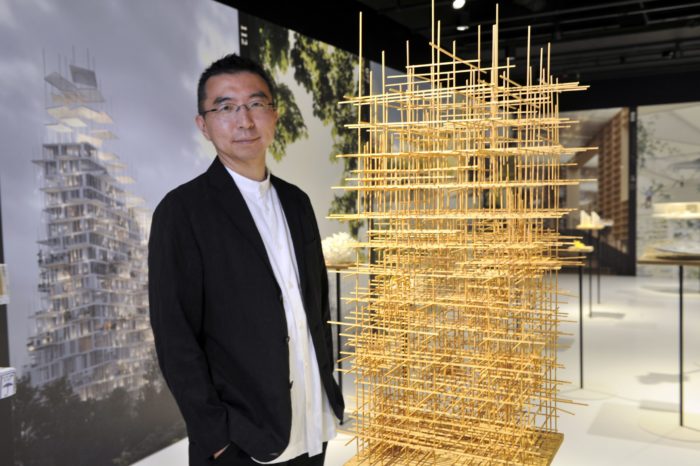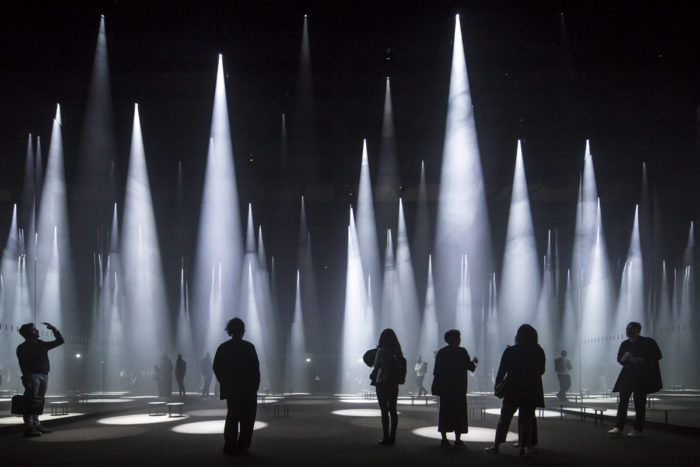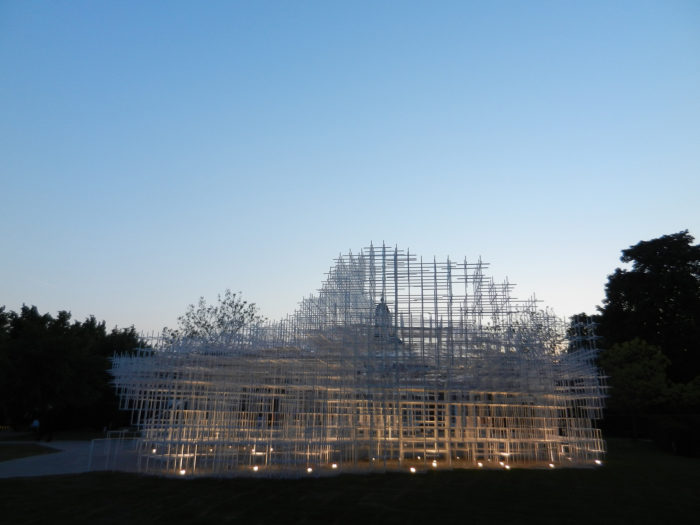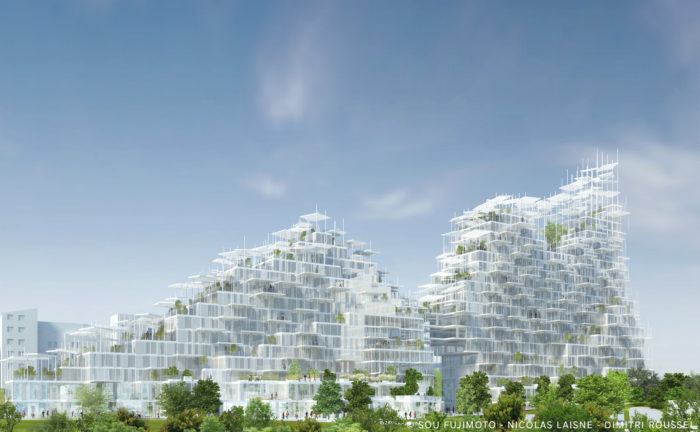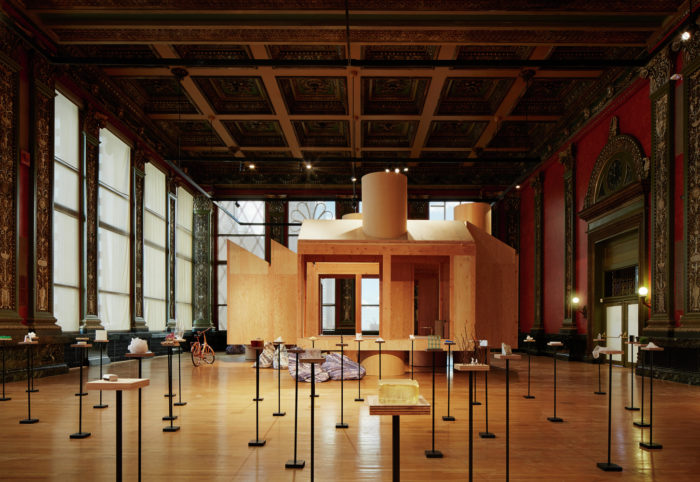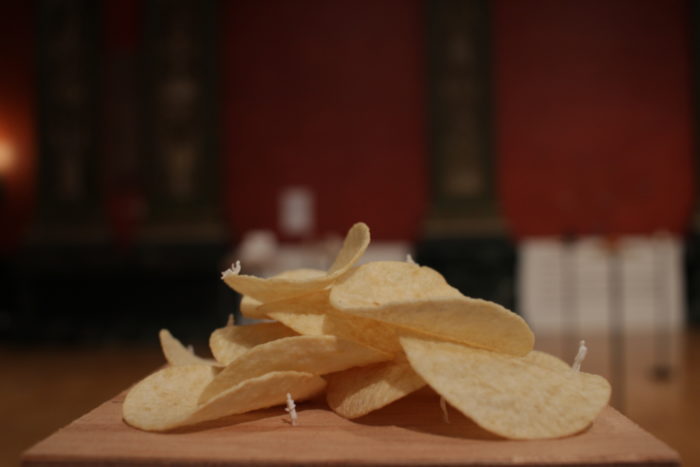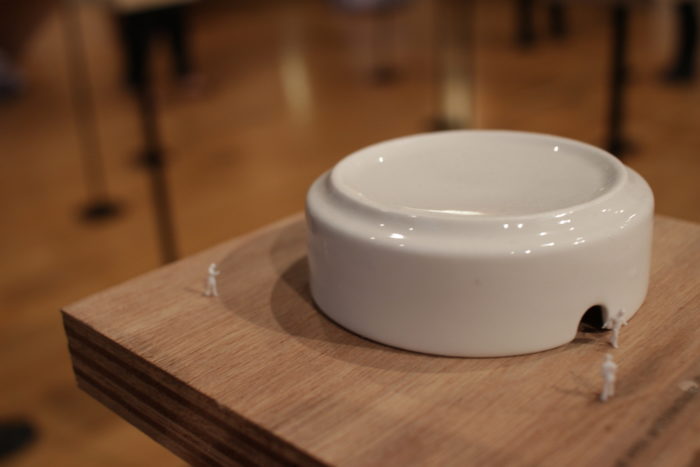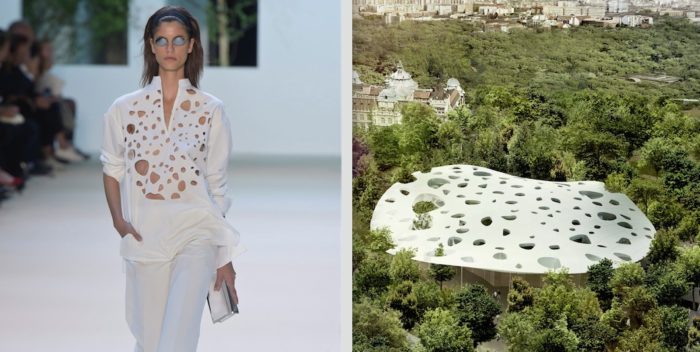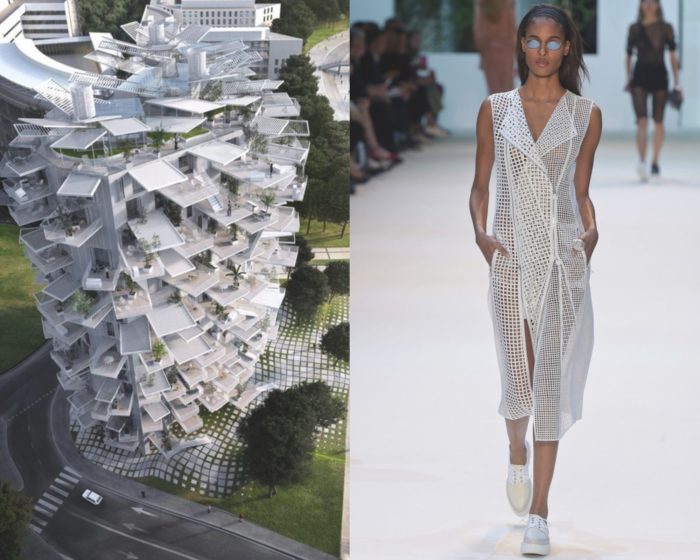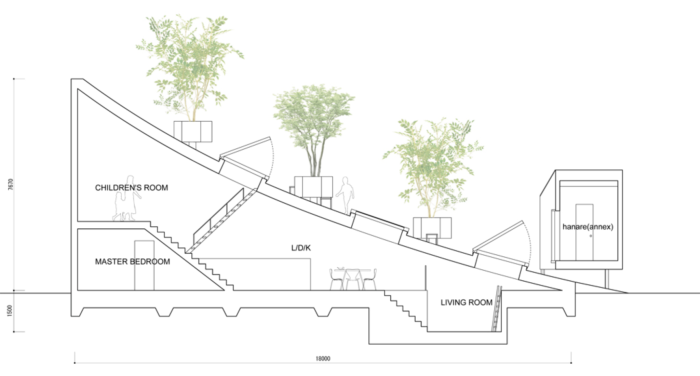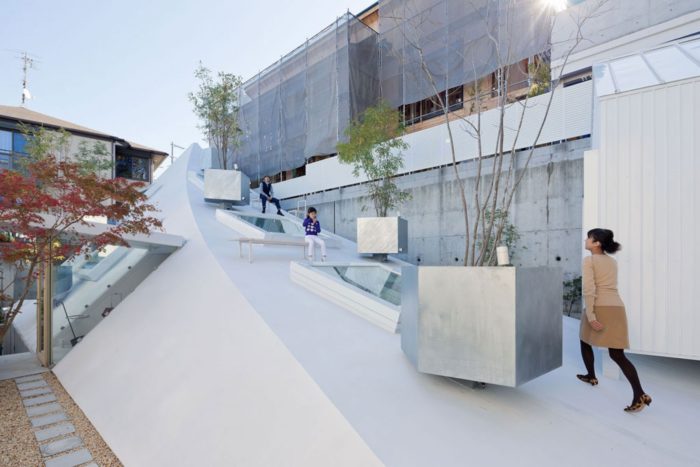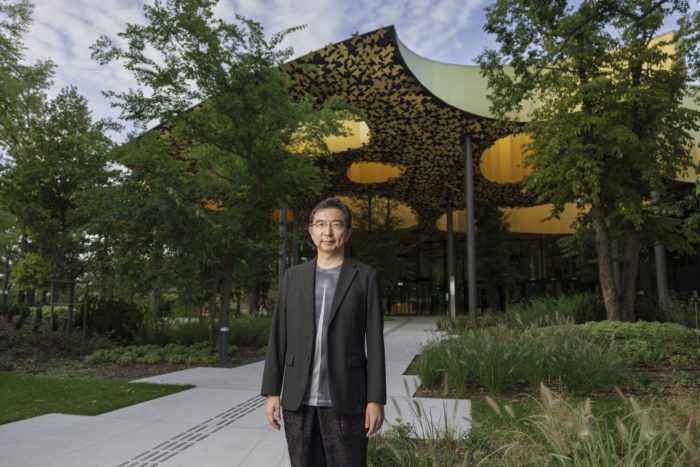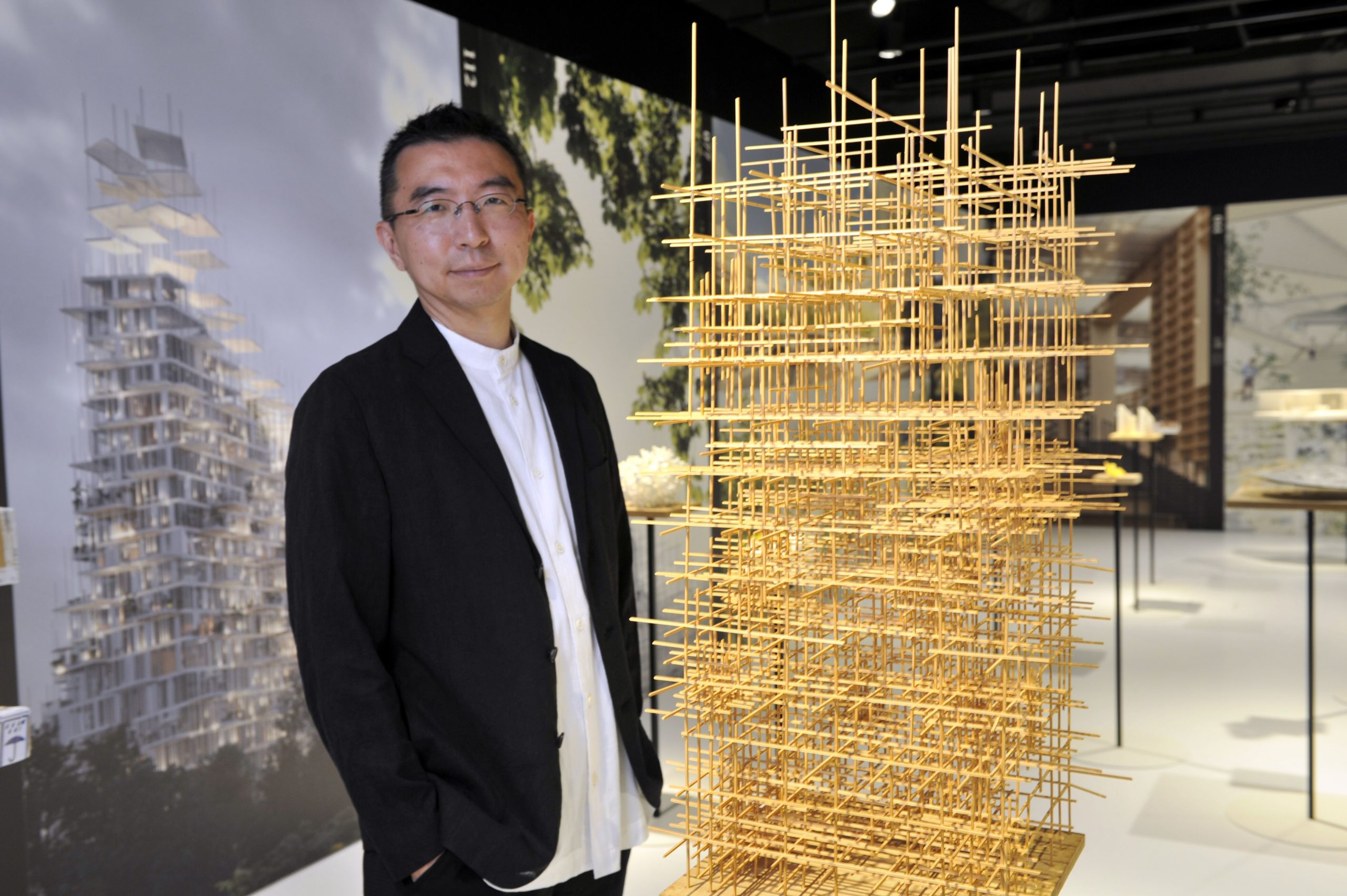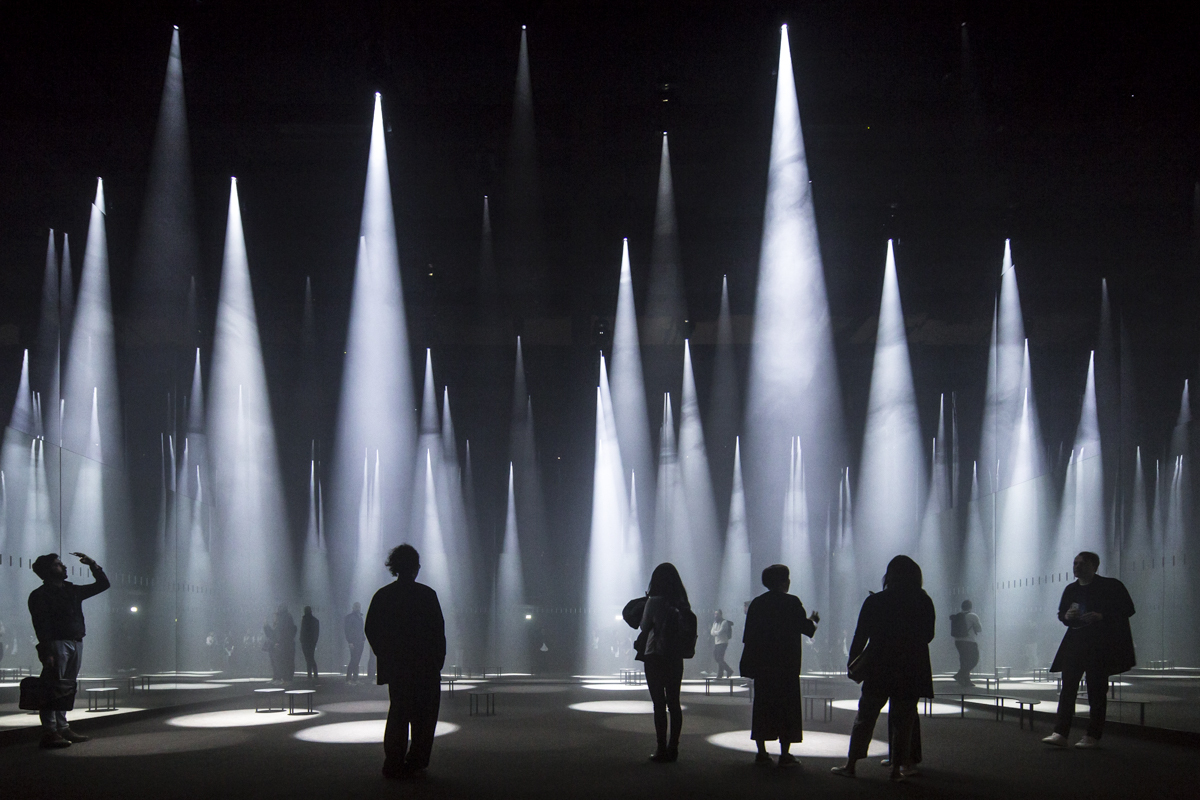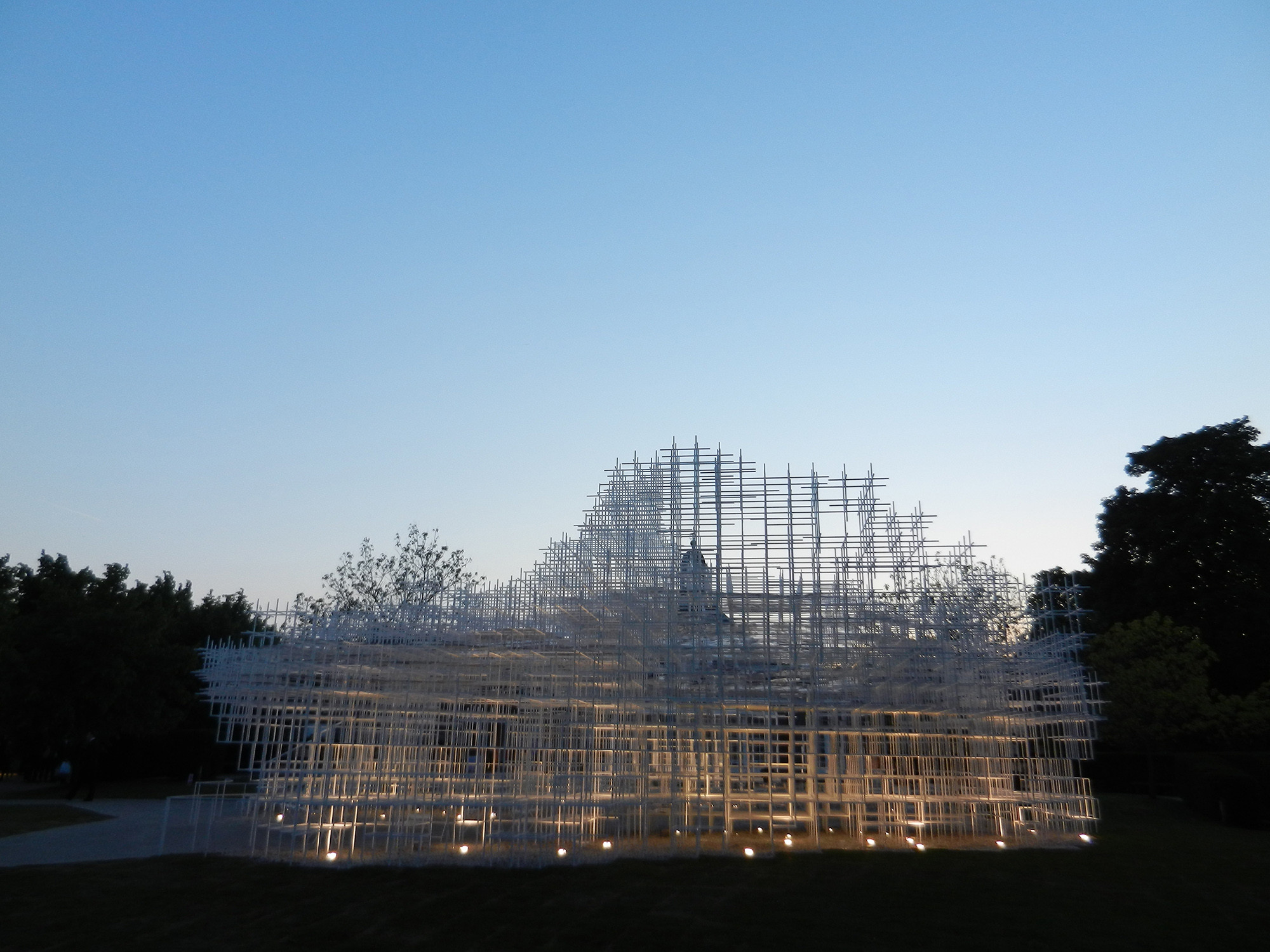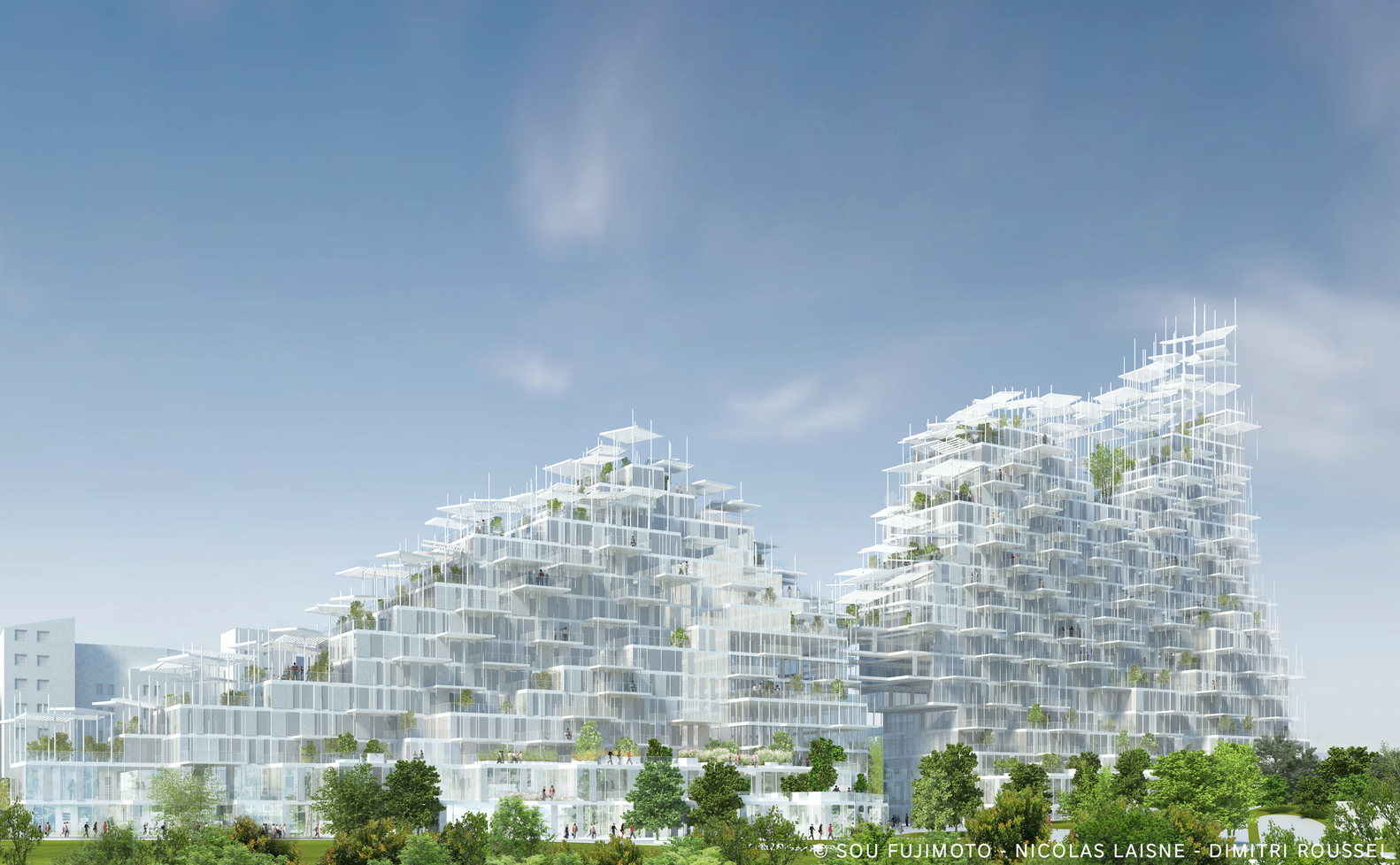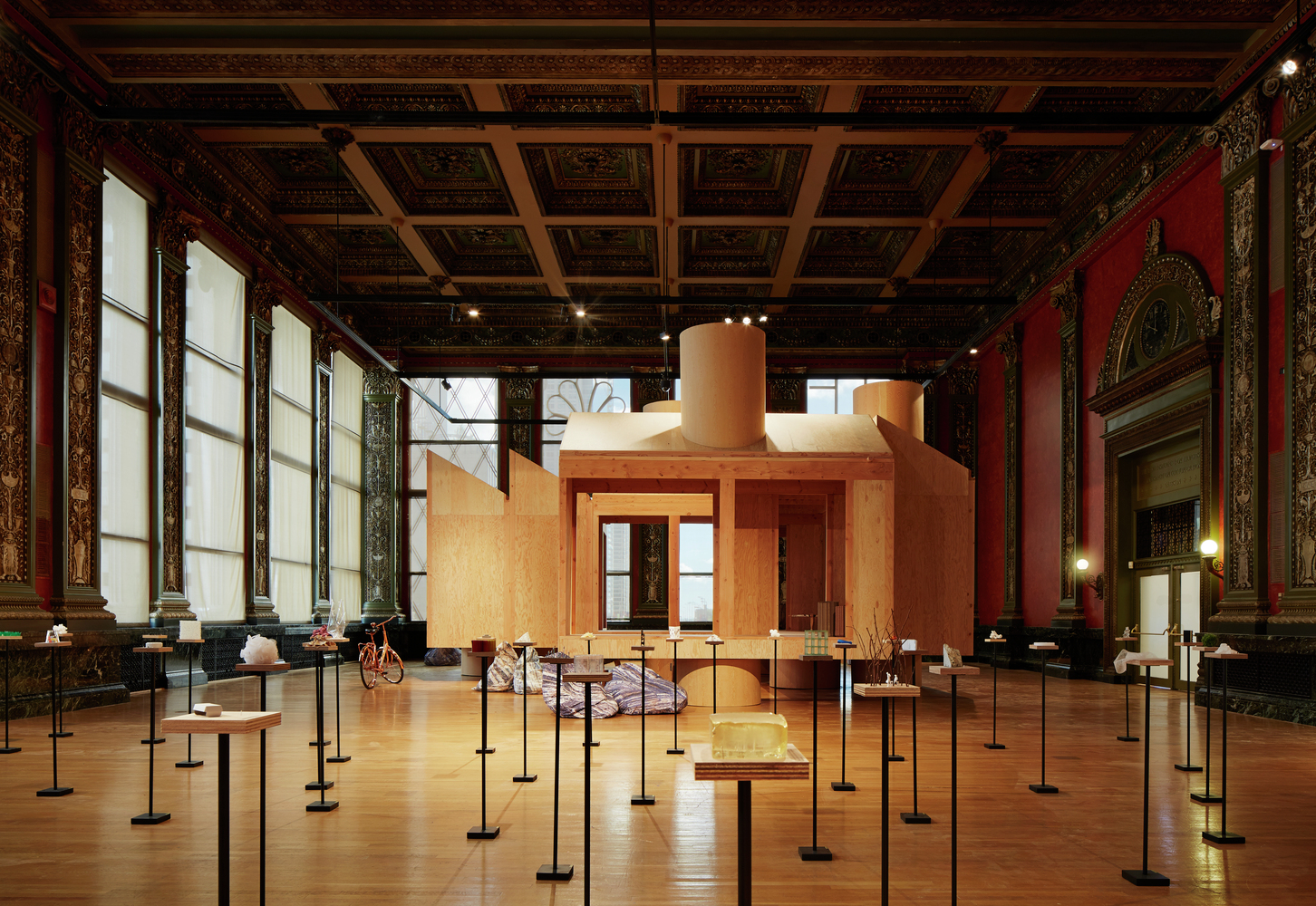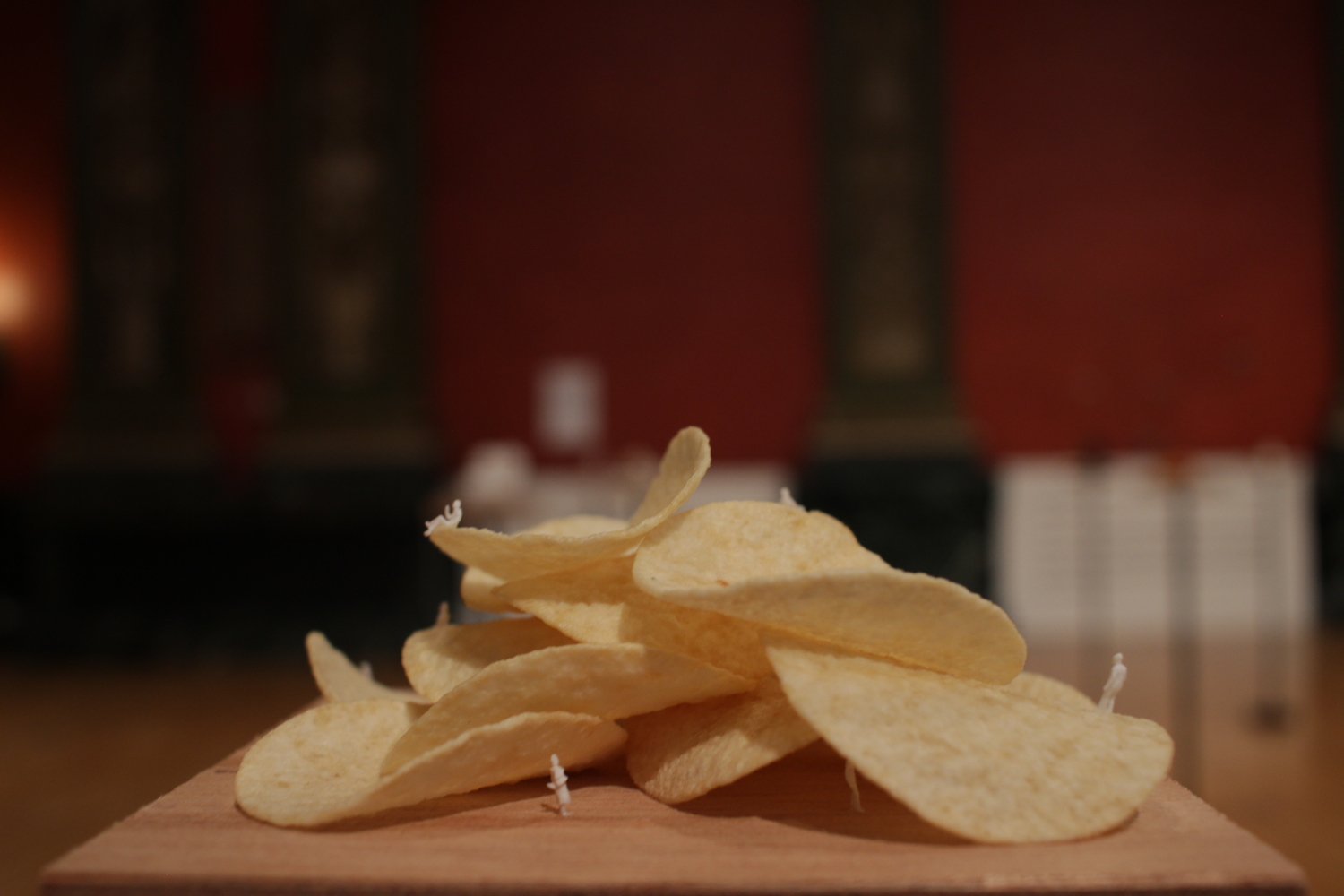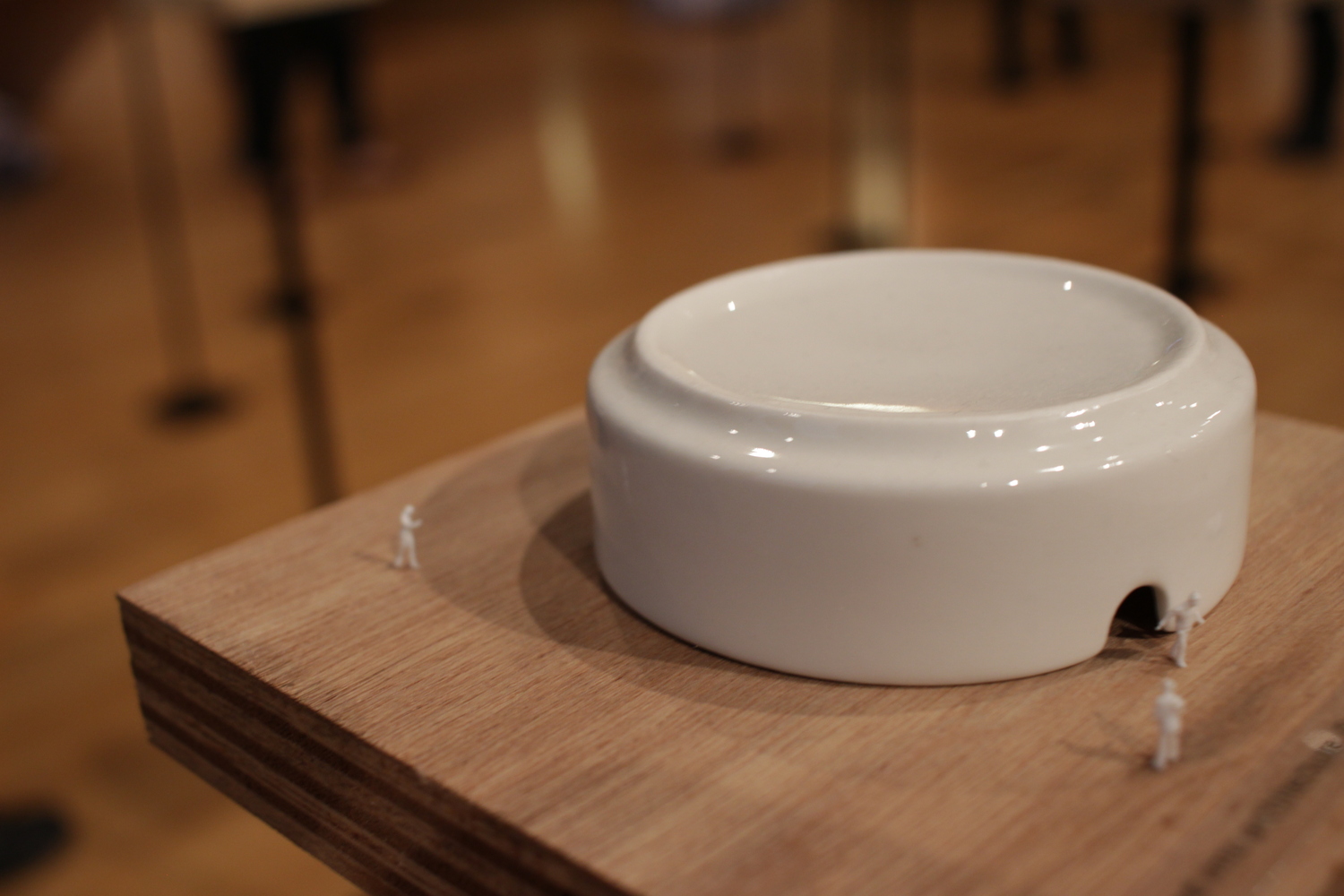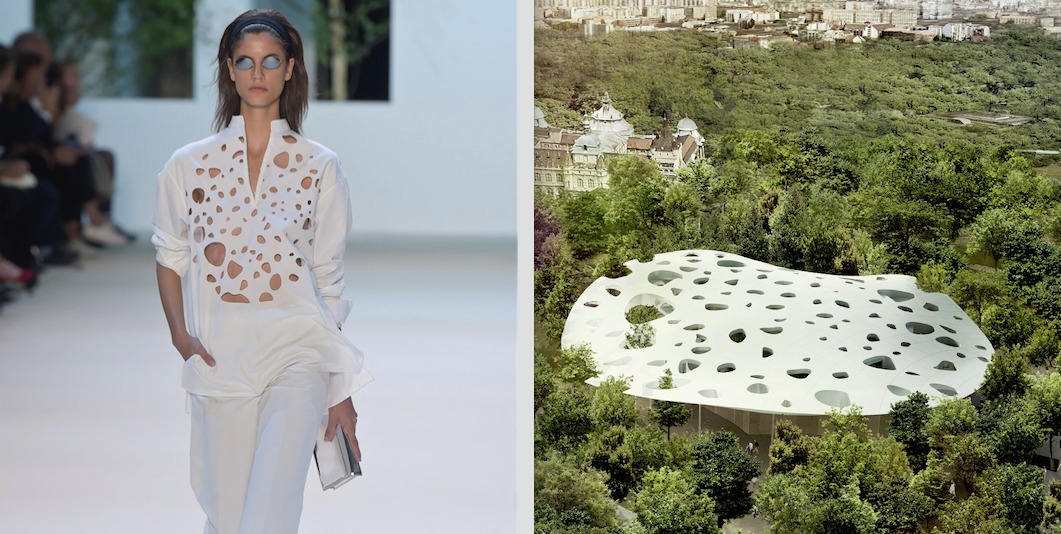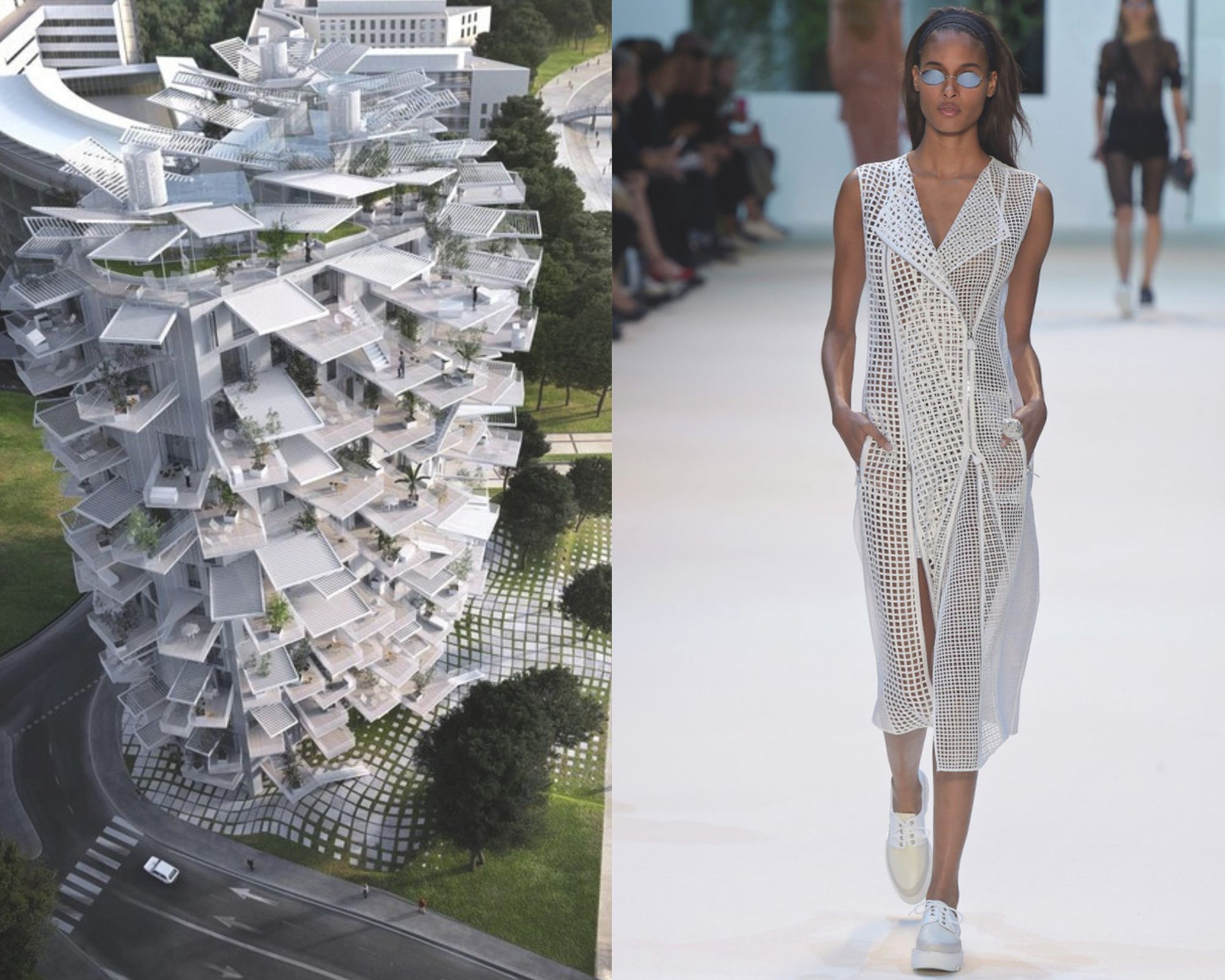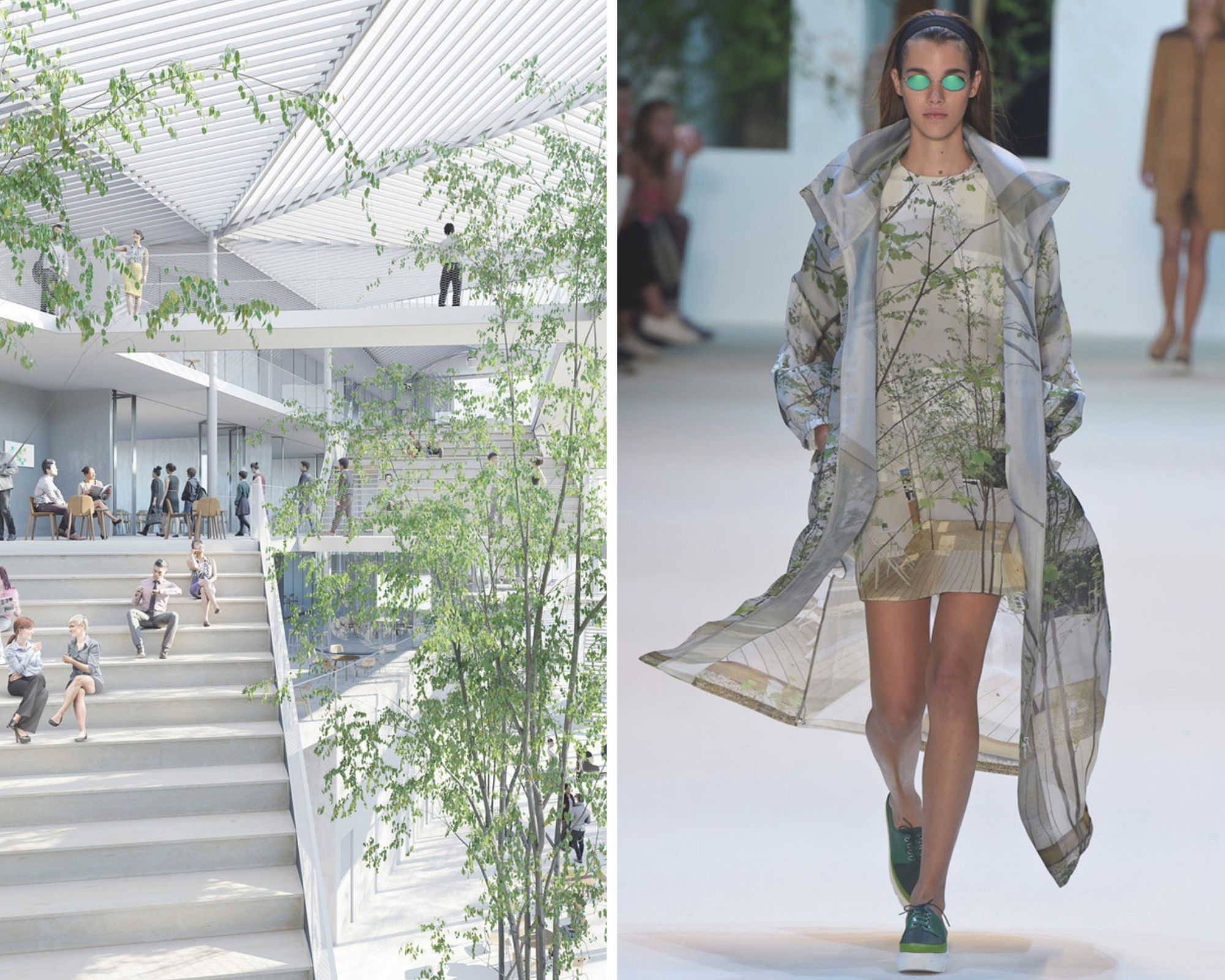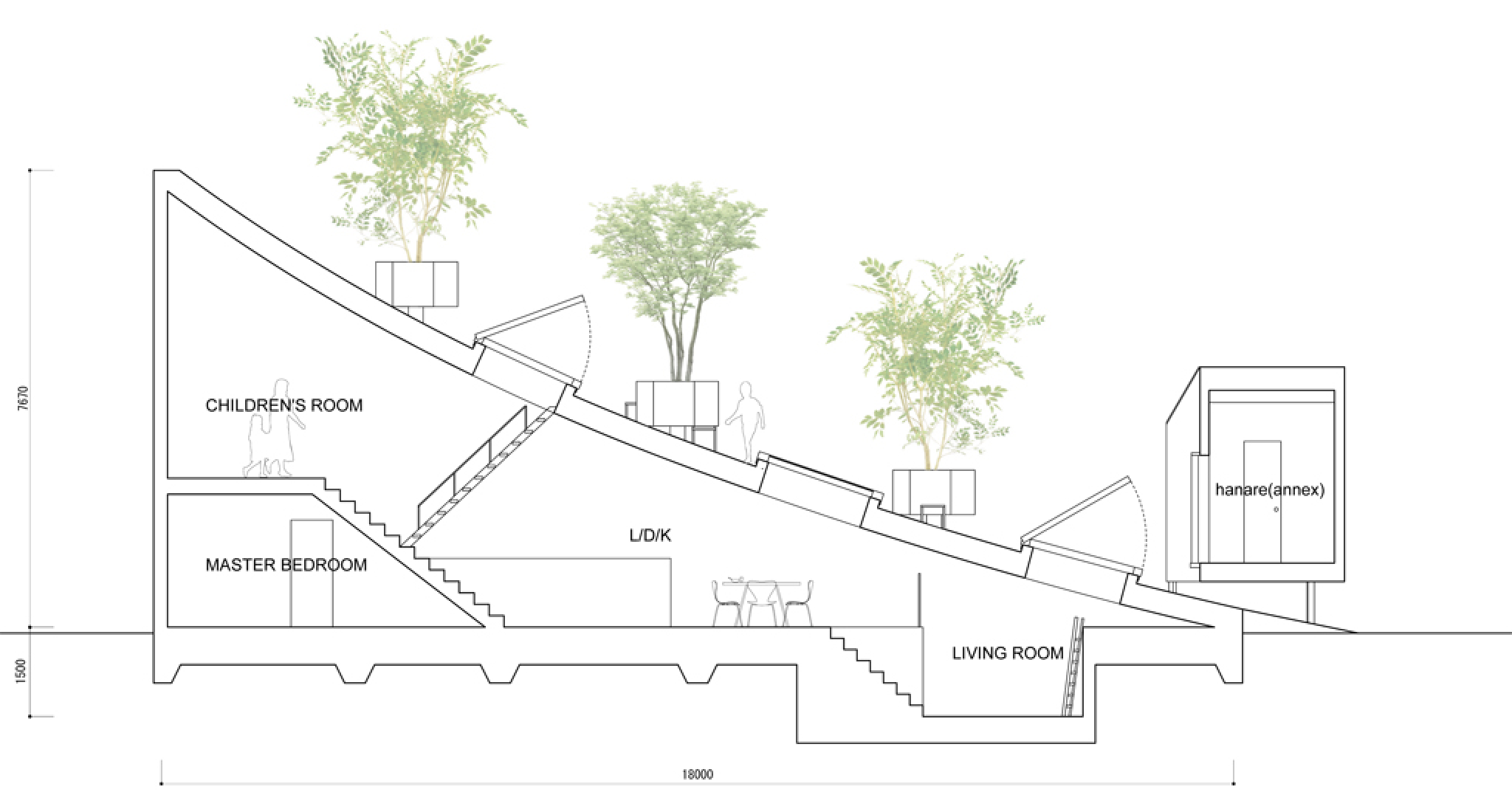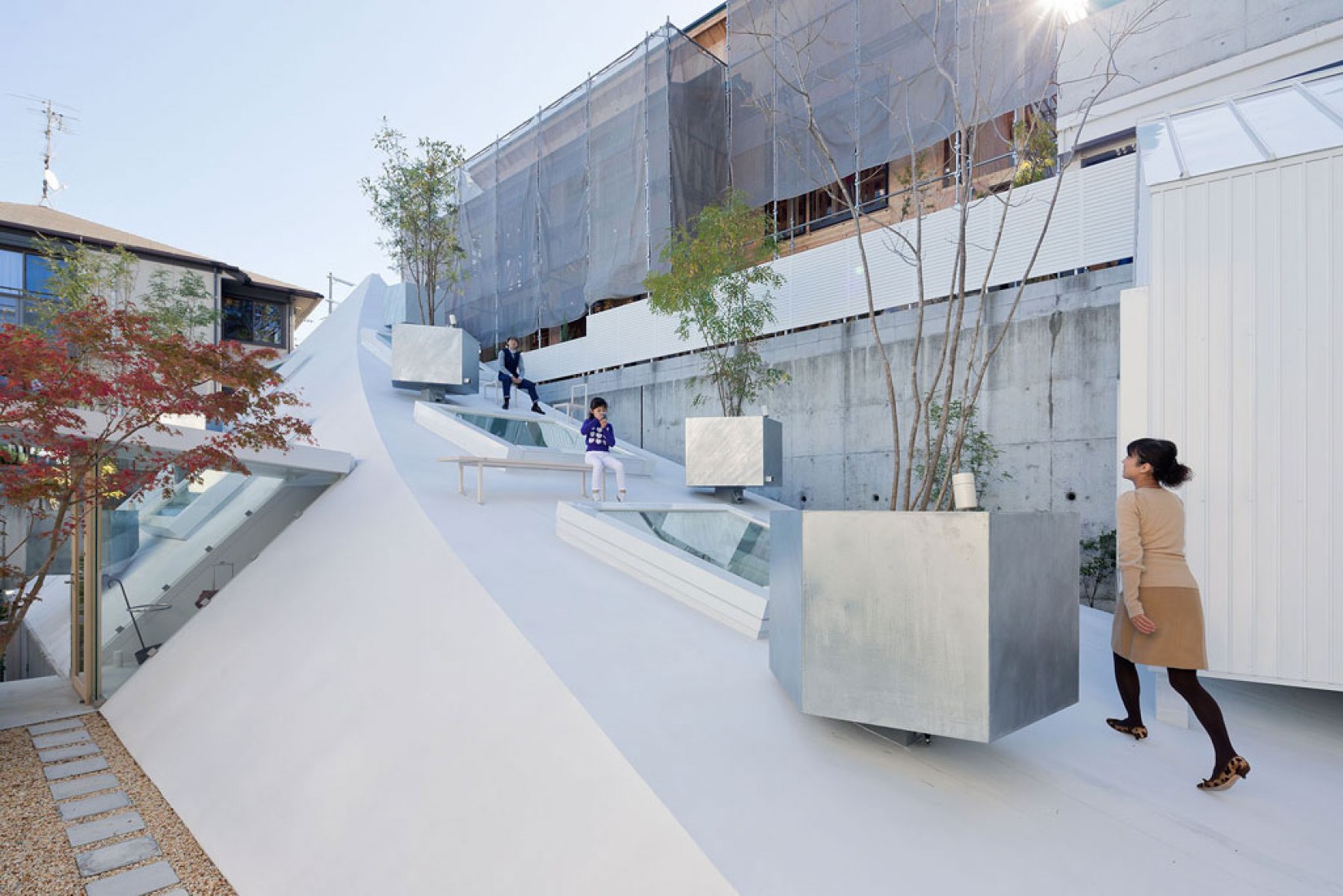Who is this architect that placed scaled figures onto a pile of chips?
After graduating from the University of Tokyo, Sou Fujimoto took into swing his firm instead of working for an established one – which he believed would ‘water down’ his ideas. He relies on his close instincts to nature, growing up amidst the great forests of Hokkaido, Japan… who is this???
It is Sou Fujimoto! Humble and happening at 45, creating waves in the ocean of design. Playing beautifully with the subtlety of contemporary architecture and traditional craft, here is why Sou Fujimoto is now the talk of the town.
A Closer Look at Sou Fujimoto’s Groundbreaking Mindset
Sou Fujimoto’s architectural thinking began with the forests in Japan, where he was raised. Their thoroughly complex and diverse nature is an impressionable phenomenon to play with. The absence of solid boundaries between the space and structure forms a pure and wholesome slice of design.
The Forest of Lights showcases huge spotlights suspended high up for a colossal effect, representing the transient nature of our existence and creation. The fact that we can walk through it, from one cone to another, or meander through the dark pathways bordered by the circular spots, infuses the flexible nature of the design. Sou Fujimoto has cleverly and literally brought light to the phrase ‘Forest of Cones.’
So where does the challenge lie? To be able to create something artificial while simultaneously blurring edges with nature is not an easy task. He took matters of convention and structure, restrictions and culture, and turned them into something marvelous.
In 2013, Fujimoto was the youngest architect appointed to design the prestigious Serpentine Gallery Pavilion until this year. And the curators couldn’t have been more pleased. He created a cloud of iron from white steel poles. A dynamic and flowy form visually constructed with a rigid metallic grid that seemed to be the perfect juxtaposition between the picturesque surroundings of the Kensington Gardens and the gallery within.
To have the modernity of iron rods painted in white blend into the serene environment without being an imposition was pure genius, creating a sharp contrast of the ‘primitive future’ with its curves and cuts. Sou Fujimoto never crossed lines or overstepped boundaries. He instead introduced two beautiful specimens to each other; nature and the artificial world. And in the process, he dimmed stark differences and broke bold barriers. This phenomenon re-invented notions of architecture.
What will the Paris of tomorrow be?
Sou Fujimoto is among the winning architects in a competition for innovative designs for 23 sites across Paris. Fronted by Paris mayor Anne Hidalgo, the Reinventer Paris competition called for architects and developers to team up and develop plans for several key locations around the city. Paris and Sou have always rested on a beautiful affair.
Inspiration is the source of all great ventures.
The sheer ambiguity and coexistence of architecture are what enthralled Sou Fujimoto. He used ambiguity as a beautiful opportunity to rediscover the hidden design attributes of daily objects. The elementary usage of things, backed by their lessons, is what differentiates Sou from any other architect. He firmly believes that barriers never leave space for unexpected spaces and relationships.
Sou Fujimoto created a unique installation for the Chicago Architecture Biennial 2015, which ran till earlier this year, consisting of everyday items turned into incredible ones. The firm’s philosophy that “architecture is first found and then made” holds good when one sees crisp potato chips resting on a little wooden table adjacent to staples, ping-pong balls, and ashtrays. These everyday objects that we don’t glance at relived their absurdity and distinctive nature in Sou’s artificial environment.
Every detail calls for ensuring one realizes the beauty of design and creation, enhanced by the flexibility of an open mind.
Sou Fujimoto has inspired the influence of the Paris Fashion Week 2016 collection by Swiss Fashion Akris. The creative director Albert Kriemler fondly recounts, “I have admired Fujimoto’s work and his whole approach to architecture for quite some time.
He is an architect who understands that we have more senses than just the eye. There are architects whose vision is on point to what fashion really is about – creating a relation between the body and the environment that helps human beings to live comfortably. In Sou’s work, I recognize a desire to comprehend and create volume, space, and room, intertwine nature and construction, and work with transparency and opaqueness.” He continued
The 49 looks in the collection are based individually or otherwise on Sou’s architectural works, from the garments to the eyewear, from shimmering square sequins to a twine grid. We’ve never seen a better amalgamation of cork and crepe!
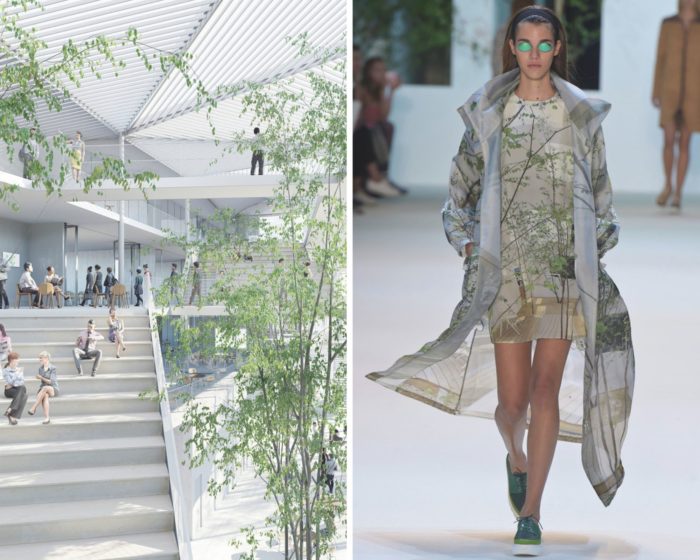
Courtesy of Sou Fujimoto Architects, Manal Rachdi OXO Architects and Nicolas Laisné Associates, and ©Giovanni Giannoni via WWD
House K, for a family of four, is the perfect residence that breaks all barriers between a hill and home. The concrete used for the sloping form and wooden paneling within its stoic and subtle complementary elements create enough space for movement and entrusts the feeling of security with its actual appearance. With wide comfortable wide treads and large fenestration, minimal hindrances, and maximum height, Sou Fujimoto had put thought into designing for a family and kept the human connection to the structural craft in mind.
The richness of the history of architecture and human life has always astounded Sou. He feels that it is pretty admirable if architects can contribute and continue a small piece of this vast history. After a finished building, he says with immense joy, “There is a good that goes beyond what one had imagined. That is certainly the best part.”
©Japan House London
©Laurian Ghinitoiu
©Daniel Portilla
©Sou Fujimoto, Nicolas Laisné and Dimitri Roussel
©Chicago Architecture Biennial
©Diego Hernández
©Diego Hernández
©Giovanni Giannoni via WWD and ©Sou Fujimoto Architects, Courtesy of Liget Budapest
©RSI-studio and ©Giovanni Giannoni via WWD
Courtesy of Sou Fujimoto Architects, Manal Rachdi OXO Architects and Nicolas Laisné Associates and ©Giovanni Giannoni via WWD
House K Lengthwise Section. ©Sou Fujimoto Architects
©Iwan Baan


